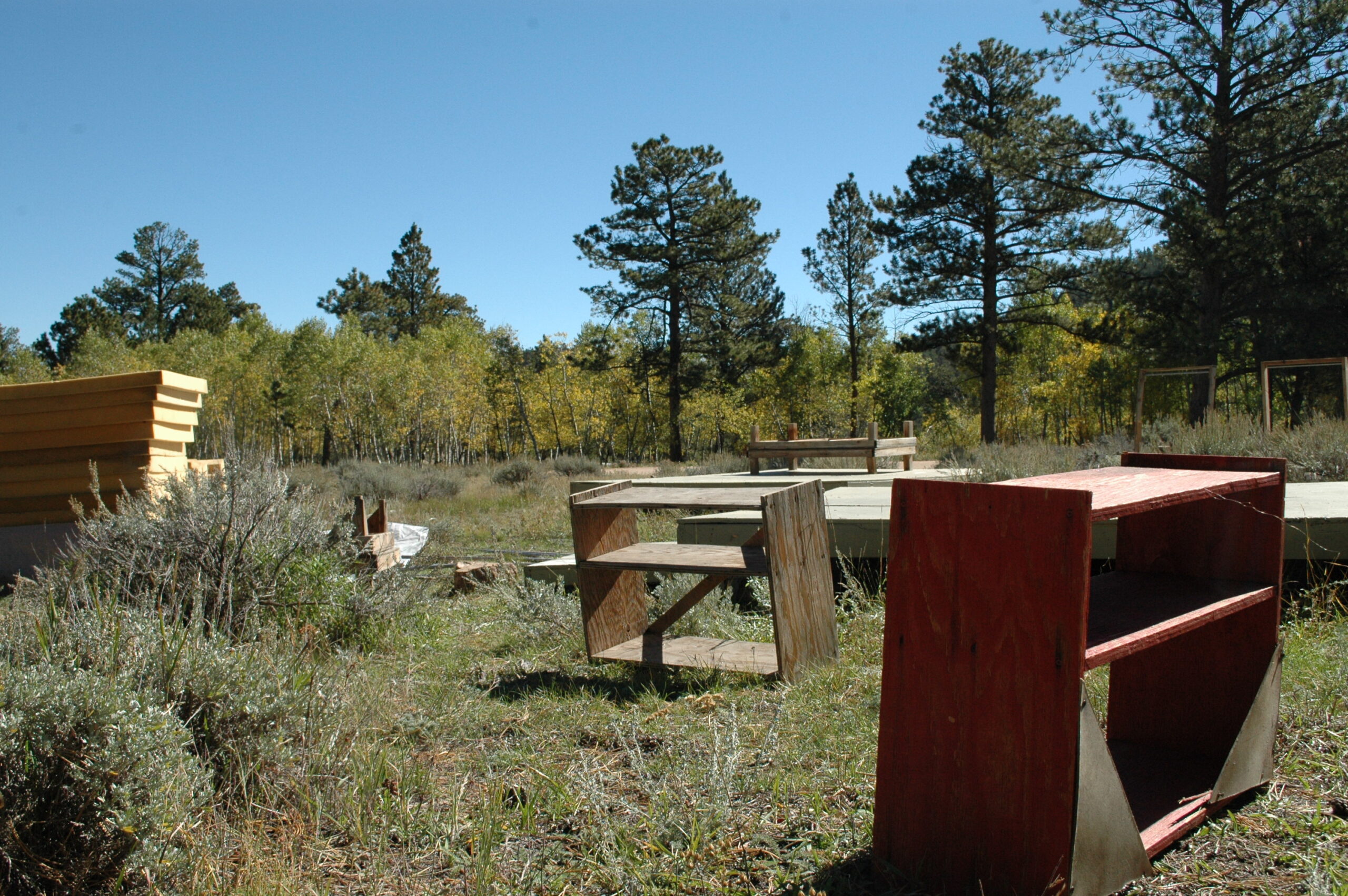How to Write Memoir, Spiritual Memoir and/or a Novel: 10 Key Elements of Story Structure
By Albert Flynn DeSilver ~~~
How to write a novel, a memoir? Honestly, I have no idea, even though I’ve written both. I’m joking. Sort of. Writing a memoir or novel is a great and beautifully complicated mystery, and yet there are some pointed things to be said to guide you along. How to write a novel, a memoir, a poem, a script, a short story, an essay. . .begins with desire, an urge, a need—to say something significant and important from your unique perspective and experience. In that regard the trick is to first connect with that insatiable drive, that gnawing need, and let it propel you forward. Add to that your biting curiosity, your burning joy for words and stories, language and song, and let the practice itself be your inscrutable guide.
A novel begins as an idea, a seed, an inkling in the brain that slowly starts to take shape and form like a flower in bloom. The other trick is transferring this idea from your mind to the page and allowing it to blossom into a thousand other thoughts and ideas coherently swirling together to make an emotional impact on the distant reader.
All great writers are great readers. We learn to turn our unique idea into a novel primarily by reading diversely and carefully, and engaging in the act of writing, day after day, shitty draft after shitty draft, until they start to slowly become less and less shitty.
Something is burning within us and it must be set free. For committed writers, to write is to breathe. To breathe forth the words of the soul–to mirror out from the depths of your own unique experience. It’s an exploration and adventure, and at times a tough slog through the muck of resistance. I think it all starts by cultivating a deep and intimate relationship with the inner life, your inner life of emotion and thought. This requires time in silence and connection with breath. Also known as meditation.
Click here to check out the retreat Albert will be leading at SMC, Aug. 25-29.
How to Write a Novel: Let’s Begin.
Let’s start with the truth: You are a creative genius. This is your natural state, and yet specific modes of creativity like writing a Memoir, a Novel, or poem, takes specific cultivated knowledge and understanding. We don’t have space here to get into all the details, which take up volumes, but in terms of the basics on where and how to begin, it all starts with purpose. In my online writing course, The Master Class for Successful Writers, I outline ten key principles that take writers from inspiration to publication, and the first principle, purpose, is the first step in writing a novel.
Step 1: Set Your Intention with Purpose
Every successful writer I know comes to writing with a purpose. It may start as an urge, an interest, and then blossoms into a need to communicate their experience of the world. It’s a sincere desire to participate, to join the conversation based on your unique take on the world.
Purpose is your big why, your grand intention. Clarity in this regard will set you off and writing with power and conviction.
Step 2: Decide on the Main Plot
What’s your story going to be about, what is going to happen and why? What are the desires of your main characters and how will they be thwarted by opposition? Think of the setting, the characters, the contrasting interactions that will be had. All of it must tie into the main plot. The plot of your novel is its spine, all of the other parts of your novel will be affected by its every movement.
The plot is essentially a problem that ends with a solution, or at least some kind of closure. Your plot will revolve around your theme or themes; what is the message you are trying to convey through the action of your characters?
Step 3: Determine the Subplots
As characters interact, subplots will inevitably come up, but it is good writing practice to create subplots that tie into the main theme of your novel. You don’t even need to use all of the subplots, but can pick and choose which ones end up fitting in best with your main plot while you’re writing.
The functions of subplots include rounding out characters, expounding upon a theme, support for the main plot, change the pace of your novel, and induce emotions. Subplots can even serve the themes showing up as moral lessons, both for the characters and in turn your readers.
Step 4: Create Characters
What is your cast list? Who will populate your story and why? What effect will each character have on the growth and evolution of your main protagonist? Something that can truly kill a novel is flat or cliché characters. Sure, your plot may be riveting, and your settings may be creative, but if your characters are boring, your readers are not going to connect with them— or your story.
A good rule of thumb is to sketch out your characters odd habits, quirky mannerisms, annoying foibles. In order for them to appear real, they must be multi-dimensional, they must have blind spots, unpredictability, both positive and negative dynamic traits that bump up against the other characters in your story.
Step 5: Write an Outline of Your Novel
Or don’t. Honestly I’m not a huge fan of formal outlines, though I do think in the initial sketches of a novel one should begin by answering basic questions as posed above as to who, what, where, why and when. What’s your timing and time frame for this story? Certainly writing an outline of your novel will provide you with a simple guide that you can reference throughout the novel writing process. This is the blueprint of your novel, but remember that it can be changed; you’re not required to strictly adhere to the outline.
In the outline, include the different settings, the main plot and subplots, and which characters will be involved in which parts. List your characters by name and add descriptions, which you can utilize later when you’re writing your first draft. You can even include alternate endings in your novel, in case one starts becoming more appealing to you than another.
Step 6: Write the First Draft of Your Novel
One of my favorite pieces of advice on first drafts comes from best selling author Elizabeth Gilbert. She always writes and keeps a first draft of her novels that no one else sees. She’s committed to the “shitty first draft” concept in which you just allow yourself to get out the base framework and character sketches, setting, bits of dialogue—whatever it is that is most resonant within you at the outset—on the page with no critics barking you down, including your own inner critic, who is often the most doubting and harsh. This is essential. There will be plenty of time to utilize constructive critics and discerning readers in later drafts, but not your first. The first draft is for you and your eyes alone, so write to your heart’s content.
Knowing that the first draft of your novel doesn’t need to be perfect removes a lot of pressure from the novel writing process. In your first draft, don’t hold back. Let your characters say everything you think they should say, let them be inappropriate, vulgar, violent and mean. Let your plot take twists and turns, and use as much descriptive imagery as you can muster. Just get the first draft done and on the page and you can worry about perfecting your novel for publication later.
Step 7: Write the Second Draft of Your Novel
Once you’ve transferred your initial ideas on the page and have a very rough first draft, it’s time to start polishing it. I like to begin with organizing it, figuring out the structure. I begin with my time frame, and work with that. I ask my self, ‘what’s the progression here? Are we including flashback? Are we starting with an inciting incident? Are we going chronologically through time? I look to other favorite books for ideas. Give your novel a thorough read-through and eliminate parts you truly don’t like. Scenes or sections that can’t be cut are ones in which your main character is evolving from one state of being to the next. Major events are shaping who they are and who they will become.
This is also the time to include anything you feel like you left out in the first draft. Were there details about a character’s appearance that you forgot to add? Was there a brilliant word you wanted to fit in but never found the right spot for it? Was there something you wanted a character to say but at the time the words escaped you? Rework your novel until you are satisfied with the second draft. Don’t forget to keep the first draft for your self! Some people have a hard time not correcting grammar and punctuation errors you discover during the reading of your first draft. I wouldn’t worry about it at this stage. The most important part at this stage is your plot, characterization, structure, and scene weave. You can attend to grammar and punctuation in later drafts or even when you hire a copy editor.
Step 8: Professional Editing
It’s also difficult to be objective when you are so intimately connected to the writing. From one brilliant writer to another, my advice is to leave the editing of your novel in the skilled hands of professional editors. And I can’t stress this enough, a “professional” editor is an editor who has worked on books that have been published by big name publishers that you also want to be published by. Make sure you ask for a client list and their credentials.
I like to start with a developmental editor, which can take weeks if not months, and then complete with a copy editor who will attend to grammar, punctuation and usage.
That said, before you send your novel off for editing, it is good practice to comb through your novel and check for minor errors such as typos. This will prevent your editor from getting mired down in fixing tedious mistakes and instead focus on the bigger picture of your novel.
Step 9: Recruiting Readers
The first professionally edited draft of your novel is not the final draft. I would suggest recruiting a list of at least 3-6 trusted readers who would be willing to read your initially edited (developmentally edited) manuscript. These should be trusted friends and colleagues who read a LOT of novels and who you trust to give you honest, insightful feedback.
You’ll want to know what they found memorable, what they found boring, or where the story lagged, and what they absolutely loved. Also welcome any suggestions to additions to the plot or changes to the characters. Ask your readers to be thorough so that you have a solid set of data to analyze. You will wind up with conflicting experiences but lean toward what is consistent. If four of your six readers found Uncle Jim to be weakly rendered then he very well might need some attention.
Step 10: Edit Again (and again and again)
After you’ve reworked your novel with the new information from your readers, it’s time to have your novel professionally edited again. This is the last round of editing before you send your novel off for agent hunting or publication, so make sure you are 100% satisfied with the end result.
For an interesting (and sometimes alarming) experiment, compare your final draft to the first draft of your novel. How much changed throughout the writing and editing process? Your novel most likely went through quite the metamorphosis.
*
These ten steps to writing a novel are certainly not complete, but should get you off and writing for a good start. The other essential thing when beginning a book project is to seek support. Attend workshops and retreats, go to readings, join or start a writing group. Staying motivated, engaged, and committed to practice is the key. Be sure and check out our calendar of upcoming events for writing workshops and retreats that will support your writing practice.
Shambhala Mountain Center hosts Writing as a Path to Awakening with Albert Flynn DeSilver August 25-29, 2016 — click here to learn more
About the Author







